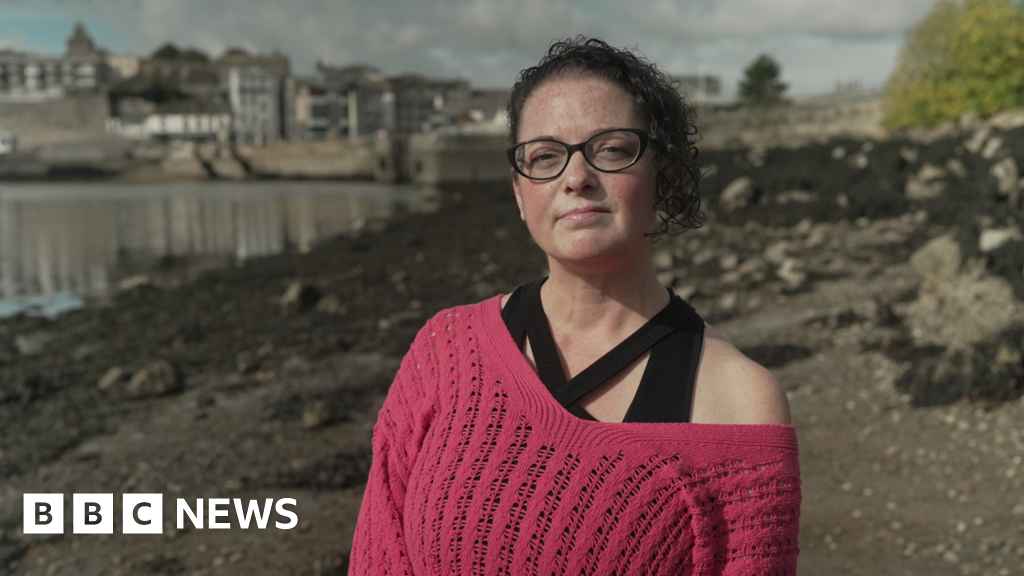House Minority Leader Hakeem Jeffries met in a Zoom meeting with members of the Illinois congressional delegation Monday to talk about redistricting in the state — an effort that is already triggering concern among lawmakers who fear the changes could dilute Black political power.
No maps were shown to the group but some versions of boundaries have been shared during individual conversations, according to one person in the meeting who was granted anonymity to speak freely.
“It’s what you’d expect. They’re trying to get another district,” the person said, adding that Republican Rep. Mary Miller’s downstate district appears to be the target. Miller is one of three Republicans in the 17-member delegation.
Redistricting talk is raising concern that adjusting congressional boundaries could dilute Black communities in districts, thereby undermining Black political influence.
“At what cost do you try to get one more seat? How many more do you put in jeopardy?” said another person on the call who was also granted anonymity to speak about a private meeting.
The implications go beyond Illinois. As national Democrats look ahead to the 2026 and 2028 election cycles, there’s pressure to find winnable seats in Republican-dominated districts. Any redistricting effort in Illinois would come before the midterms in an effort to counter Republicans’ push for more favorable maps to keep the House.
Jeffries sees Illinois and Maryland as states that could pick up Democrats, according to one of the people in Monday’s meeting.
A few weeks ago during a visit to Springfield, Jeffries acknowledged the push to get more seats in some states, including Illinois. President Donald Trump wants to “rig the midterms," he told POLITICO. "Democrats will respond in self-defense of the American people.”
Illinois Gov. JB Pritzker didn’t immediately return a request for comment, but he previously has not ruled out congressional redistricting. "None of us want to do it. None of us want to go through a redistricting process. But if we're forced to, it's something we'll consider doing," he said in a recent interview.
The Illinois General Assembly, which is controlled by Democrats in both chambers, would have to vote on any new maps.
After the 2020 census, Democrats redrew district maps to adjust for losing a seat because of population decline. They cut out two Republican incumbents and created a new district favoring their party. The state's congressional delegation now includes 14 Democrats and three Republicans from deeply conservative areas of the state.
Regardless of the political dynamics, candidates have until Nov. 3 to file for congressional races, meaning any revised map would need to be finalized before that deadline.
Election attorneys in Illinois say the Legislature can make adjustments to accommodate new boundaries.
“The main complication is that currently, each district has a different signature requirement, based on the number of votes cast in that district in the last primary," said election lawyer Michael Dorf, whose past clients include the Democratic Party of Illinois and several statewide officials. “But the Legislature could revert to the standard used in the first election following a redistricting, where every congressional candidate just needs 600 signatures.”
So far, leaders in the Illinois House and Senate say there are no ongoing talks about altering the current map. But it could come up in caucus meetings today when lawmakers return for a legislative session to take up new bills and address potential vetoes.
“We haven’t seen any maps. We haven’t had any conversations with our members about maps,” House Speaker Emanuel “Chris” Welch said in a statement when asked Monday whether his caucus would be addressing the issue.
Illinois House Republican Leader Tony McCombie said “it would be obscene” for Illinois Democrats “to erase” any Republican-held seats given Trump won 44 percent of the statewide vote.

 German (DE)
German (DE)  English (US)
English (US)  Spanish (ES)
Spanish (ES)  French (FR)
French (FR)  Hindi (IN)
Hindi (IN)  Italian (IT)
Italian (IT)  Russian (RU)
Russian (RU)  4 hours ago
4 hours ago
























Comments